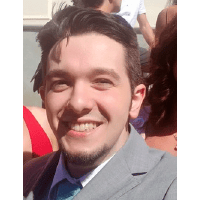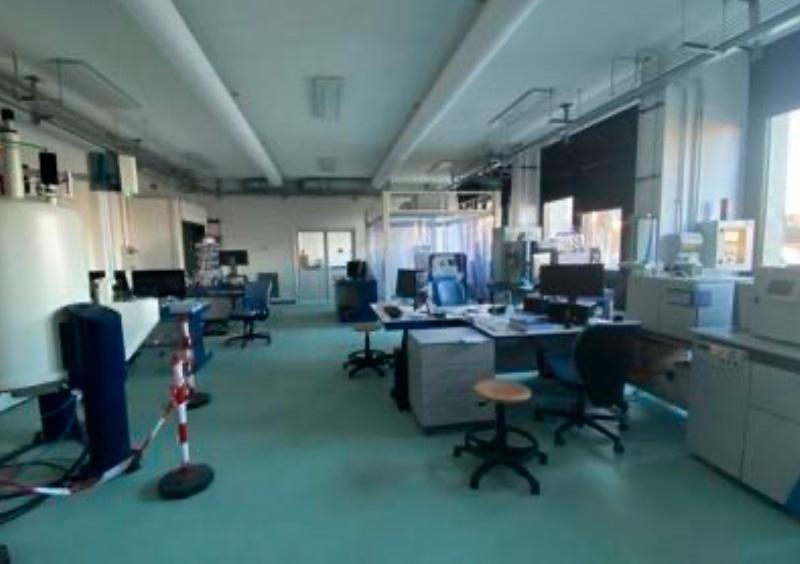Strengthening of the Italian Research Infrastructure for Metrology and Open Access Data in support to the Agrifood
INRIM1 – Quantistic metrology and nanotechnologies
(Reference person: Andrea Mario Rossi)
The OU brings together expertise in spectroscopic and microscopic characterisation as well as the preparation and characterisation of different micro/nano materials in food and environmental matrices. It also coordinates the Metrological Infrastructure for Food Safety (IMPreSA www.infrastrutturaimpresa.it) with the aim of providing measurement and support to SMEs active in the field of active and intelligent food packaging development, and a project to support a European Metrology Network for Safe and Sustainable Food (https://www.euramet.org/european-metrology-networks/safe-and-sustainable-food) to harmonise the analytical methods. The OU has 300 m2 of laboratories dedicated to food contaminants analysis. The laboratories have comprehensive equipment for the physical and chemical characterisation of polymers, micro/ nano particles and surfaces. Specifically relevant are the micro-spectroscopic techniques, such as FTIR, Raman and Fluorescence microscopies, correlative and hyphenated spectroscopic techniques, such as AFM-Raman and AF4- DLS-Raman for the fractionation and identification of the polymer composition and for the measurement of the micro/nanoplastics. Moreover, advanced established analytical tools based on NMR, ICP-MS and LC-MS are further exploited for new methods development and metrological validation.

Andrea Mario Rossi
Is head of Chemical Physical and Nanotechnologies program at INRiM. He has received his doctorate in physics from the Polytechnic of Turin. In 1996 he received a scholarship “Marie Curie” and worked at the CIEMAT Madrid (ES) on solar cells. In 1999 he worked as a visiting researcher at the F. Julich (D) working on neuronal growth. In 2005 he worked three years as research associate at the University of Maryland and NIST (USA) working on the development of biosensors. He is the project leader of food safety Metrological infrastructure (IMPreSA), which aims to ensure compliance with international regulations and to support companies in the measures of innovative materials for food packaging and coordinates the EURAMET European Metrology Network on food safety. He is author of over 130 rated ISI publications (H26) and 4 patents.

Luigi Bergamaschi
Has long experience in the field of radioanalytical and conventional techniques for the development and application of methods for major and trace elements determination in food, environmental, biological, forensic and industrial matrices. In particular, a deep knowledge in analytical method based on Neutron Activation Analysis (NAA) has been developed. Research topics are currently focused on food analysis for the determination of toxic and nutritional elements. Obtained data are applied in food characterization, traceability, and geographical origin studies. Metrology topics are addressed to the participation in interlaboratories analytical comparison for the characterisation and certification of reference materials, organized by national and international metrological bodies.

Andrea Mario Giovannozzi
(PhD) is permanent researcher of the “Physical chemistry and nanotechnology” group at INRIM and head of the Biosafety Class 2 lab. He led several tasks in different European metrological projects: Chemical metrology tools for manufacture of advanced biomaterials in the medical device industry (IND56 Q-AIMDS); Traceable Quantitative Surface Chemical Analysis for Industrial Applications (SurfChem), MetvsBadBugs and FP7 SetNanoMetro. He coordinates the EPM project 21GRD07PlasticTrace. He is part of the management team of the National Metrological infrastructure for food safety (IMPreSA) and the European Metrology Network on Food Safety (Food-MetNet). He is a member of Organic Analysis working group/CCQM at BIPM and chair of the VAMAS TWA45 “Micro and Nano Plastics in the Environment “, LRE for ISO147/SC2/JWG1. Author of more than 40 publications H. index 15.

Chiara Portesi
Is researcher at INRIM since 2011 and she is part of the Physical Chemistry and Nanotechnology Program, Division of Quantum Metrology and Nanotechnologies. She is responsible for the NMR 600 MHz spectrometer installed in the IMPreSA (Metrological Infrastructure for Food Safety) laboratory. She is the official INRIM delegate at CCQM of the Working Group on Protein Analysis (PAWG) and is member of the UNI CT 229 Nanotechnolgies and observer in ISO and CEN nanotechnologies working group. She is author of over 65 scientific publications on international (IF) journals, Scopus h-index 14. Since March 2020 she is guest editor for the Journal “Applied Science” for two special issues. She is involved in the coordination of several European and national projects and in the scientific management of the IMPreSA and of the European Metrological Network for Safe and Sustainable food.

Alessio Sacco
Is permanent researcher at the Italian National Institute of Metrological Research, INRiM. He got his Master’s Degree cum laude in Physics in 2016 at University of Turin, and received his PhD in Metrology cum laude at Polytechnic University of Turin in 2020. His main areas of interest include Raman spectroscopy, both from a metrological point of view (standardization, development of methods…) and applied to a variety of samples including nanomaterials and biological specimen; surface-enhanced Raman spectroscopy and tip-enhanced Raman spectroscopy; and separation, manipulation and analysis of micro- and nanoparticles in liquid (e.g. dielectrophoresis, field-flow fractionation). He is also competent in the use of machine learning and multivariate modelling for classification, regression, and clustering analysis of spectral data and hyperspectral imaging.







